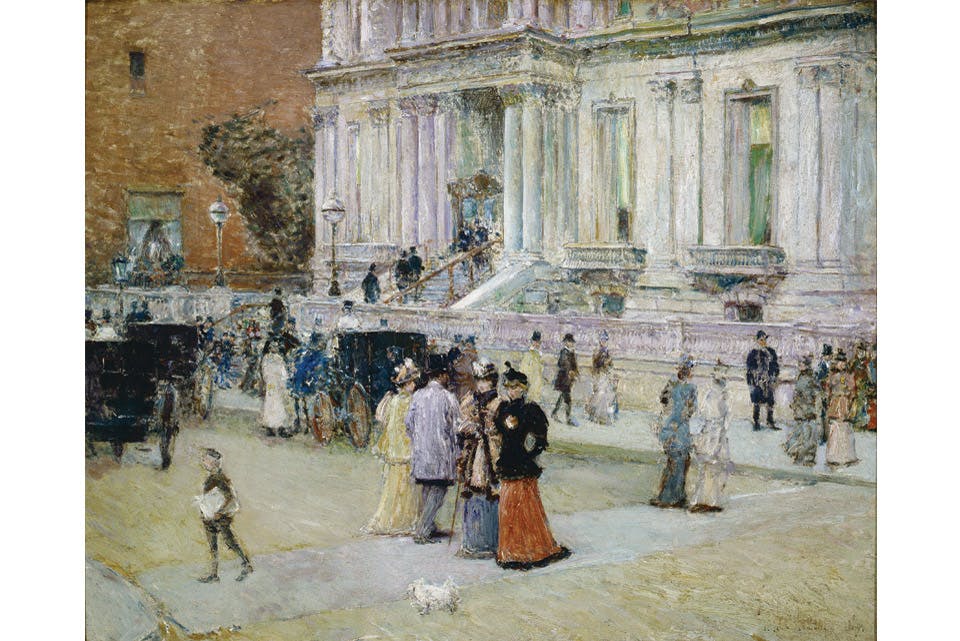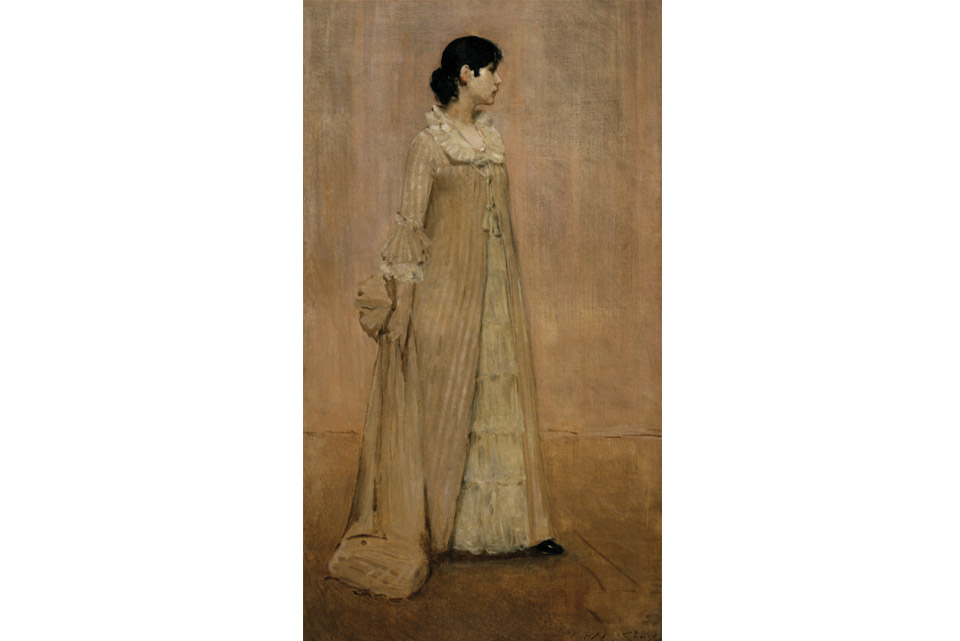Arts
East Meets West
The Taft Museum of Art examines how artists captured westward expansion and the maturing of a young nation.
Related Articles
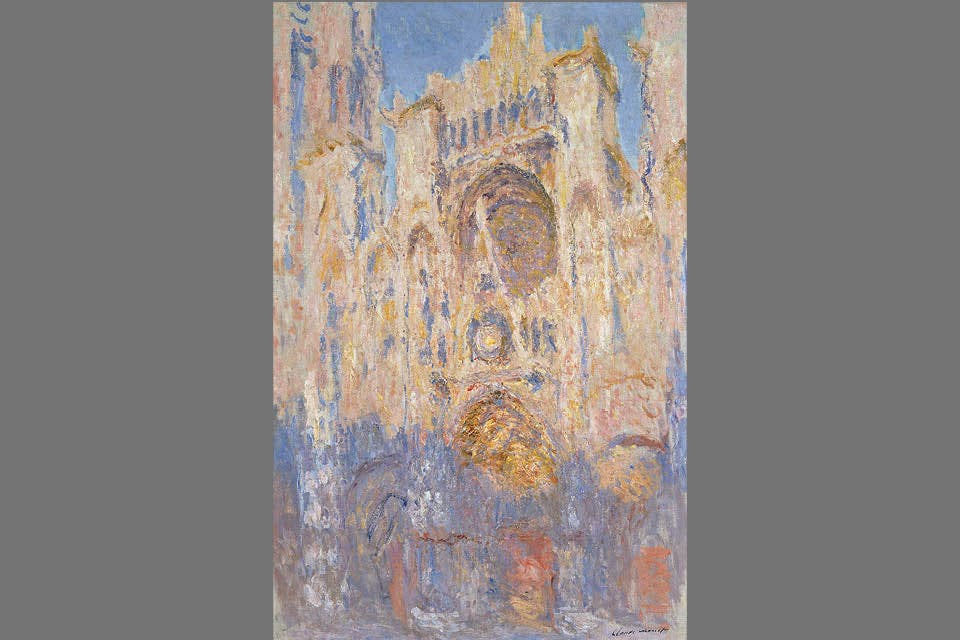
See “Monet in Focus” at the Cleveland Museum of Art
This exhibition features five paintings by renowned French impressionist painter Claude Monet that show the various ways he captured light and atmosphere in his work. READ MORE >>
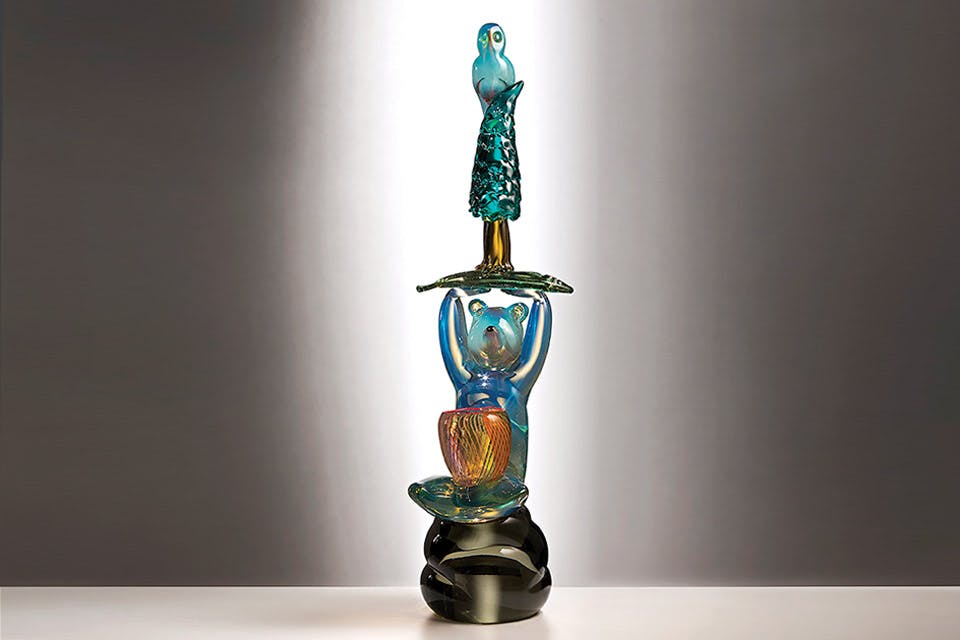
See ‘Clearly Indigenous: Native Visions Reimagined in Glass’ in Cincinnati
Featuring works by 33 contemporary artists, this insightful exhibition is on display at the Cincinnati Art Museum through April 7. READ MORE >>
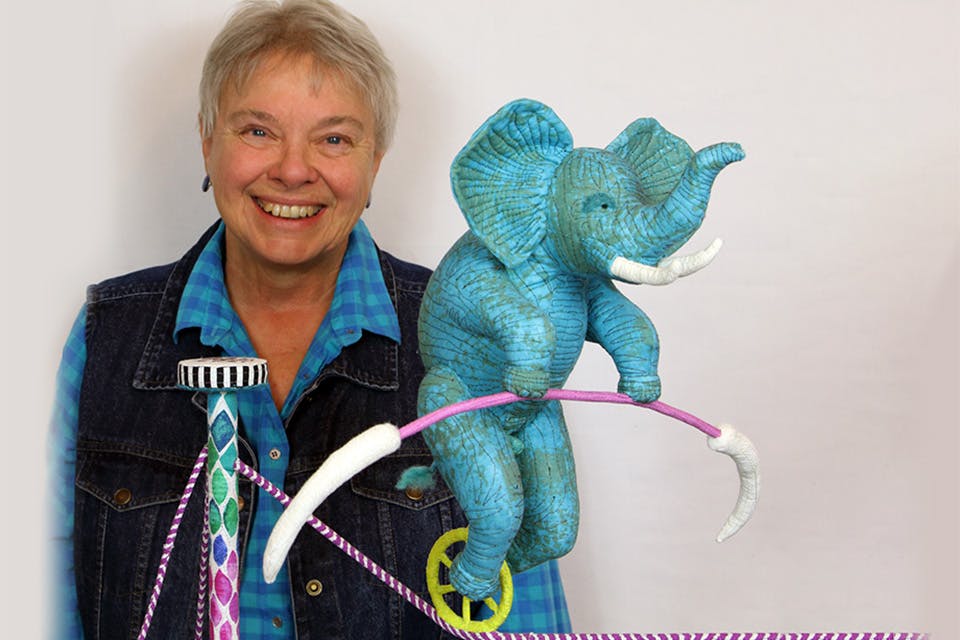
View a Whimsical Cloth Circus at Canton Museum of Art’s ‘Without a Net’
California-based artist Susan Else’s vibrant and fun creations are the focus of this exhibition, which runs from Nov. 21 through March 3. READ MORE >>


